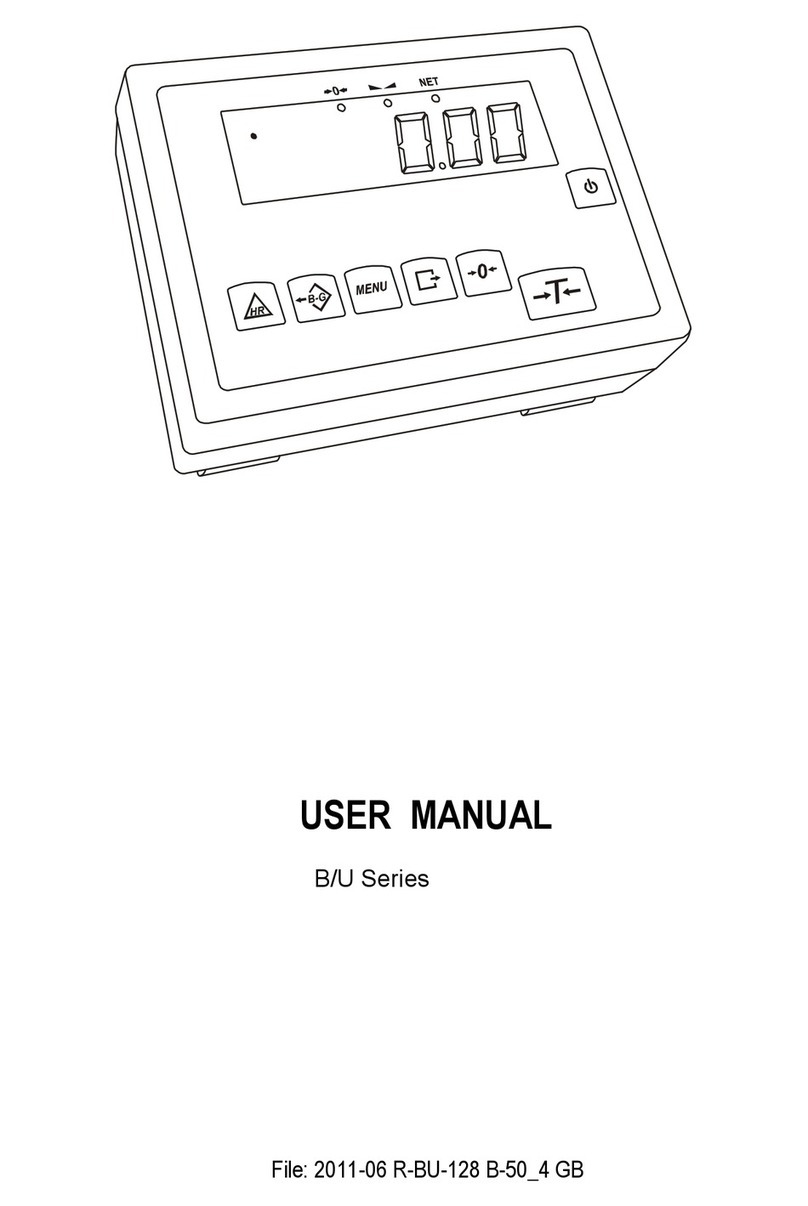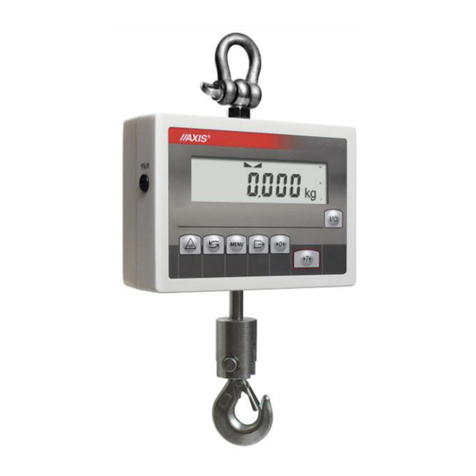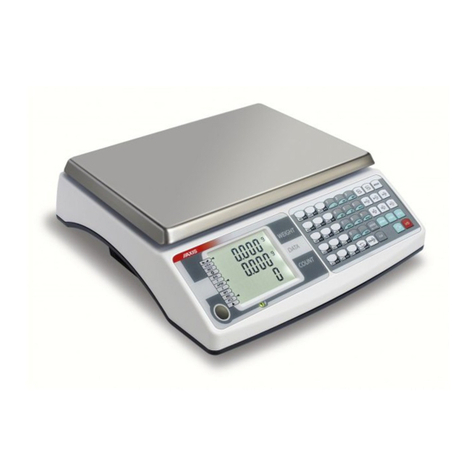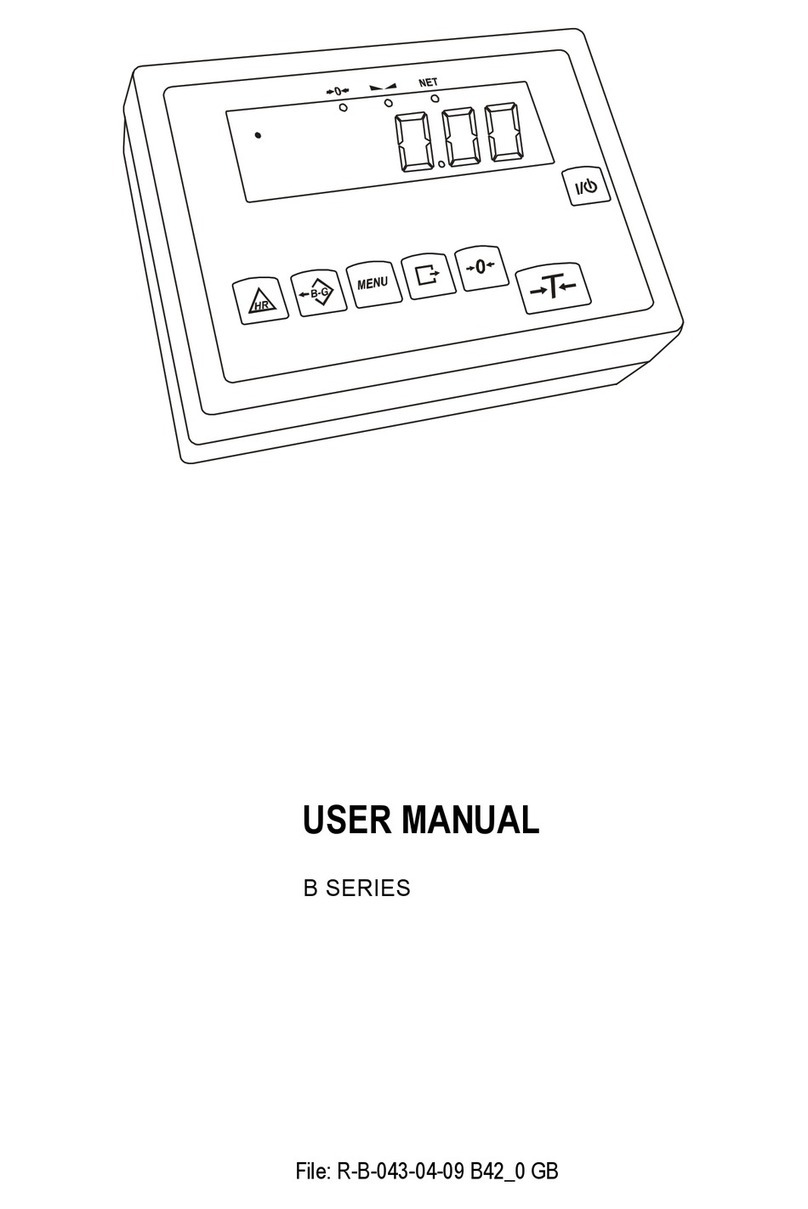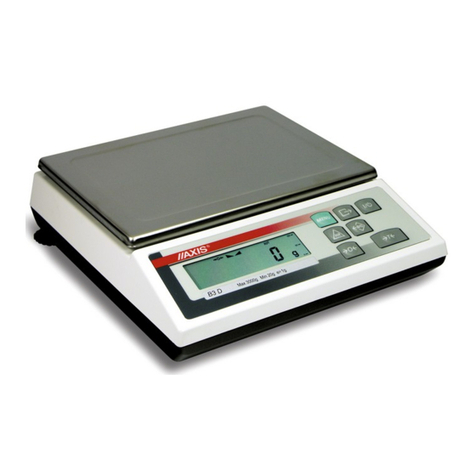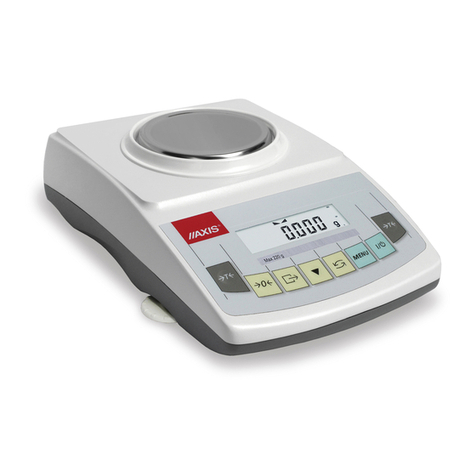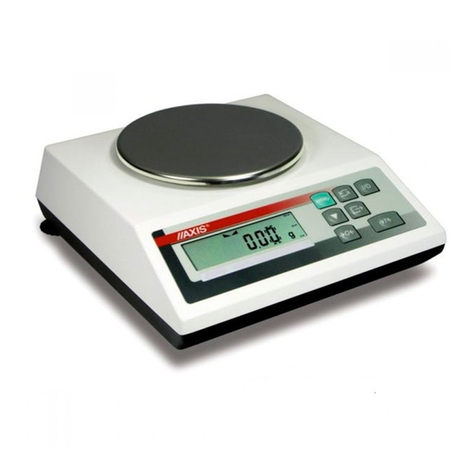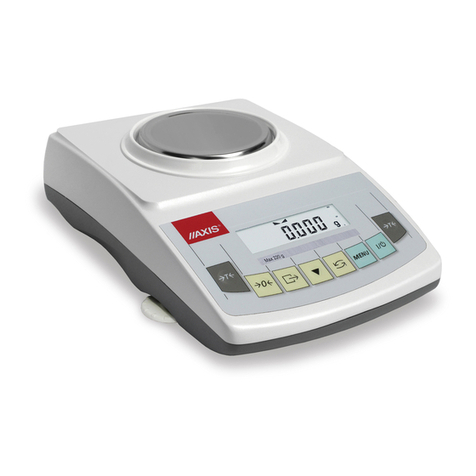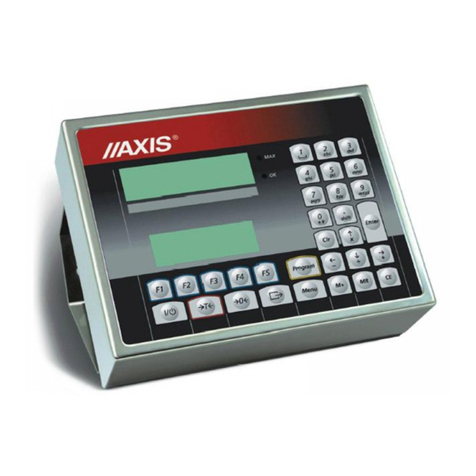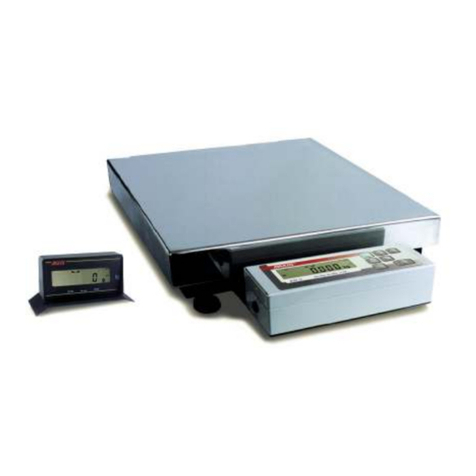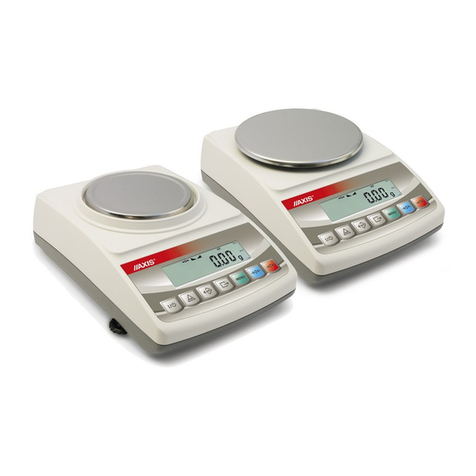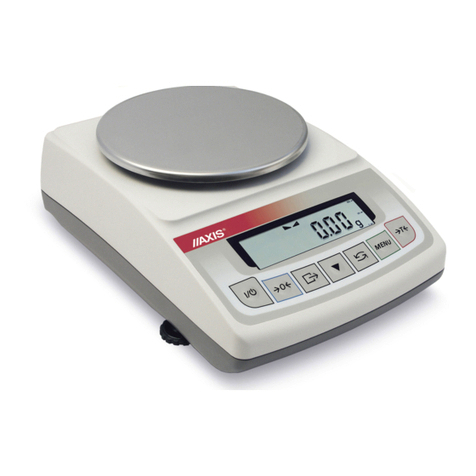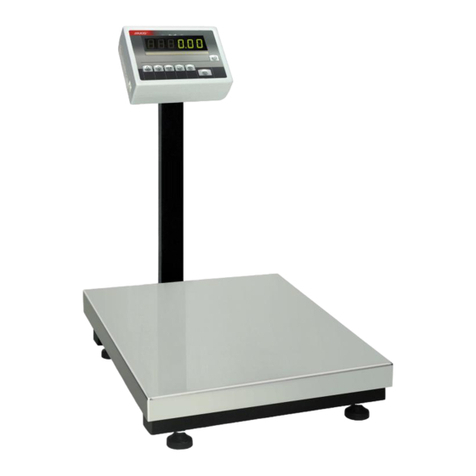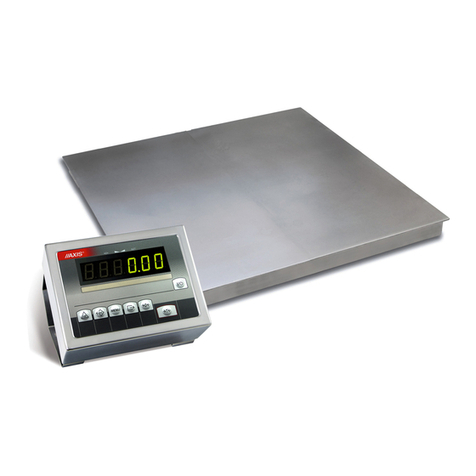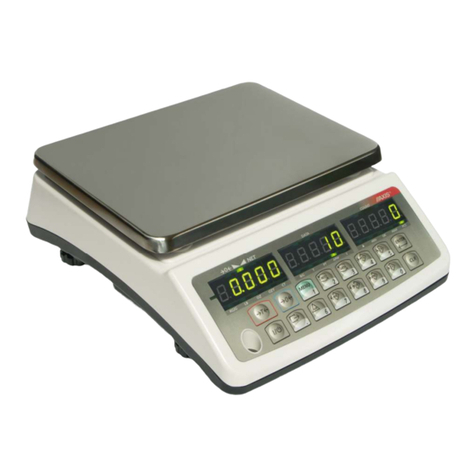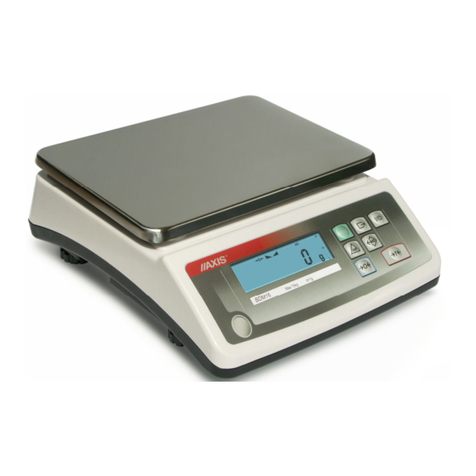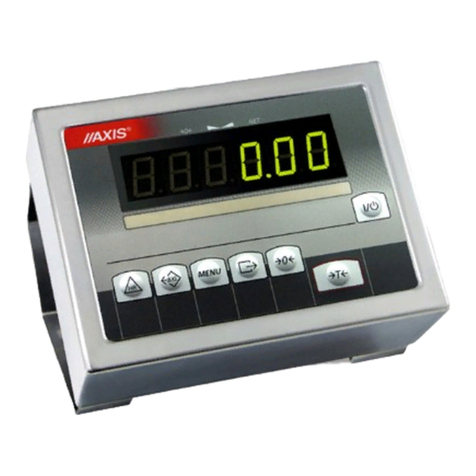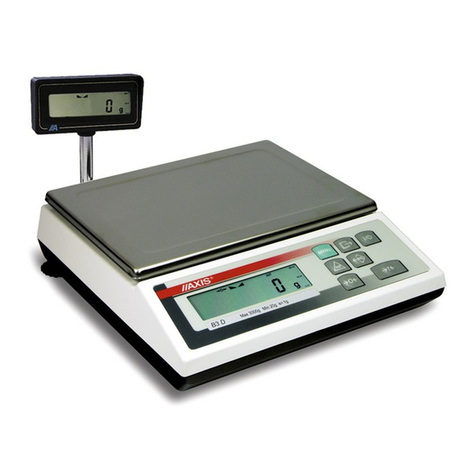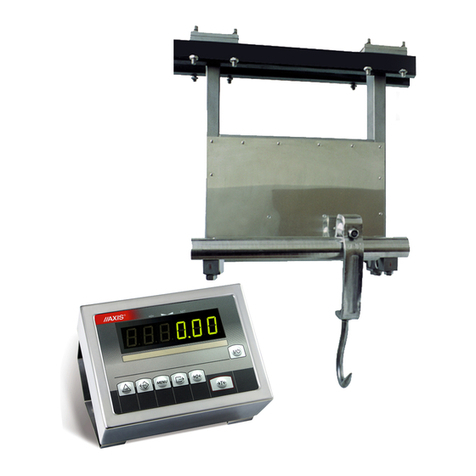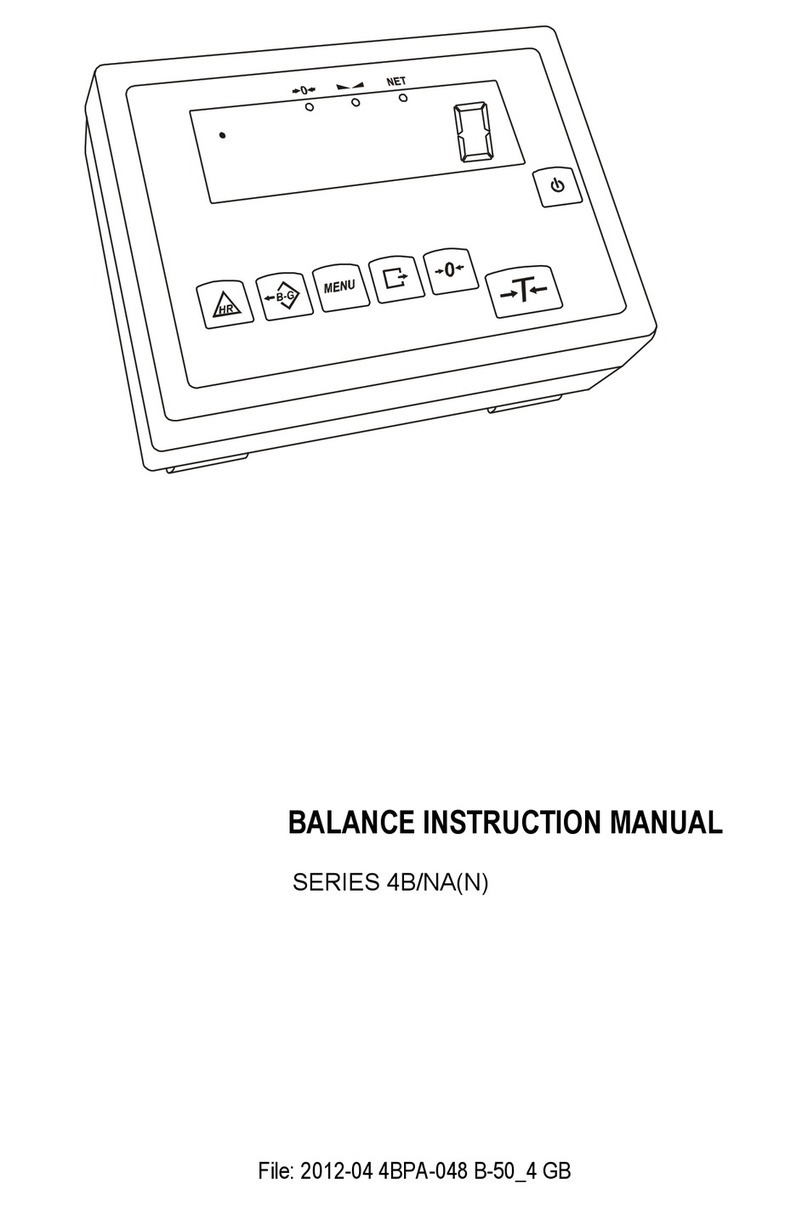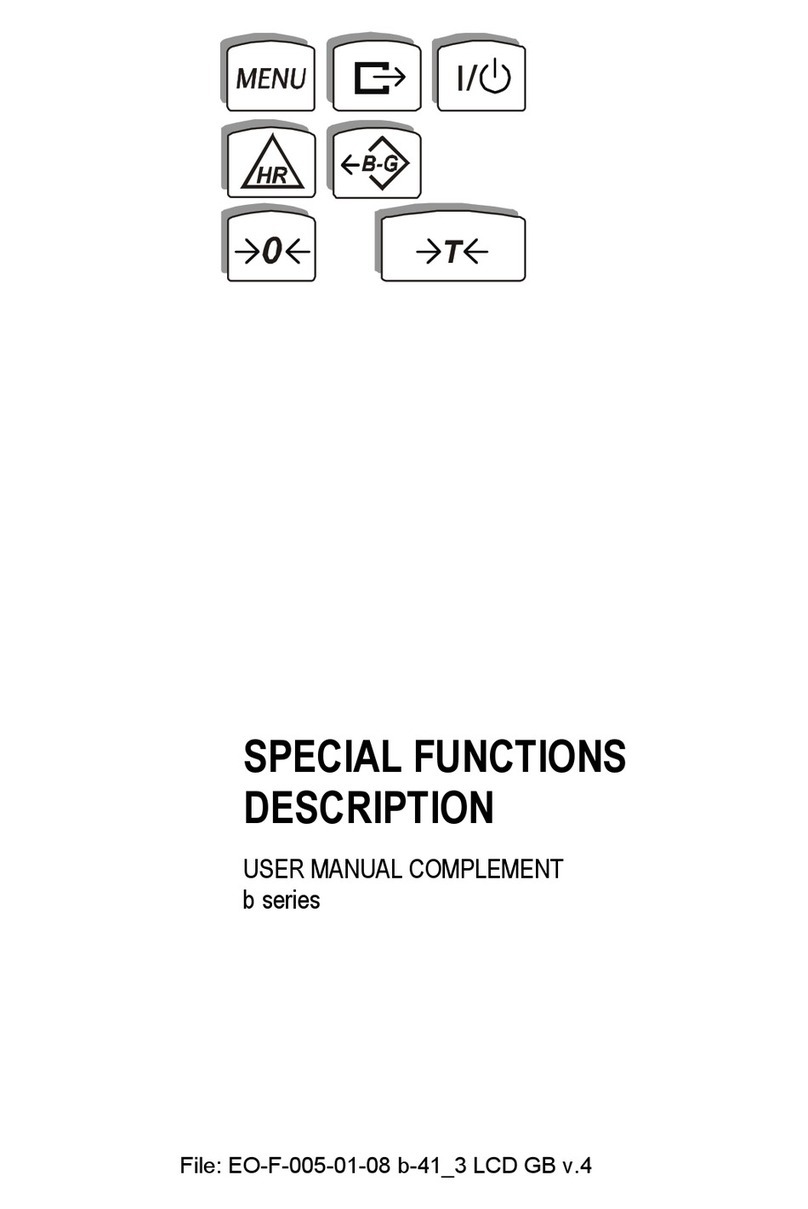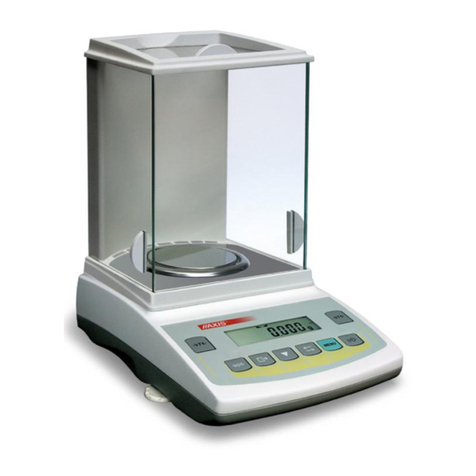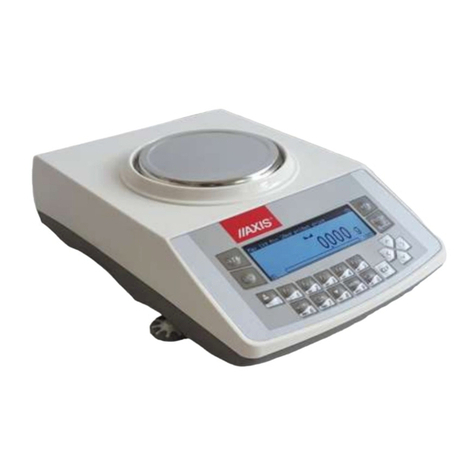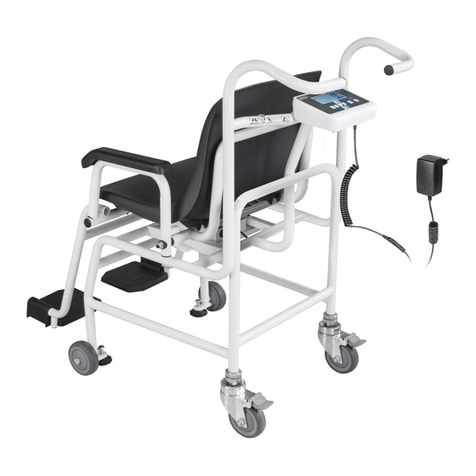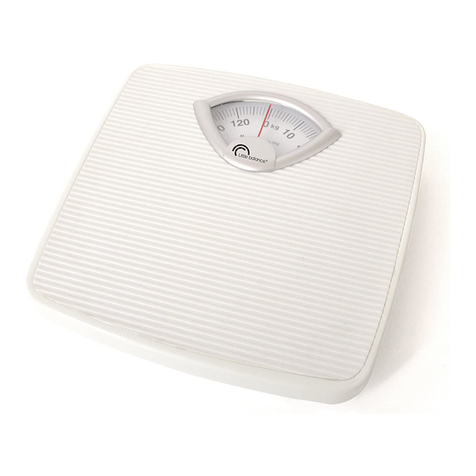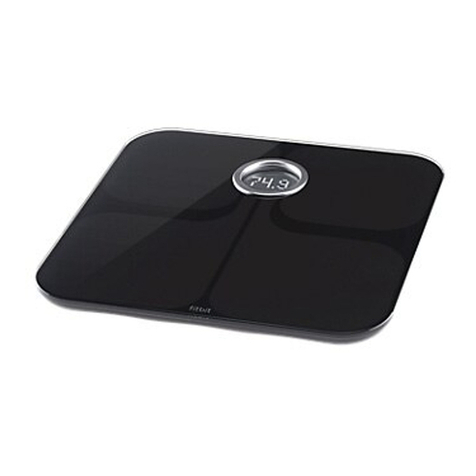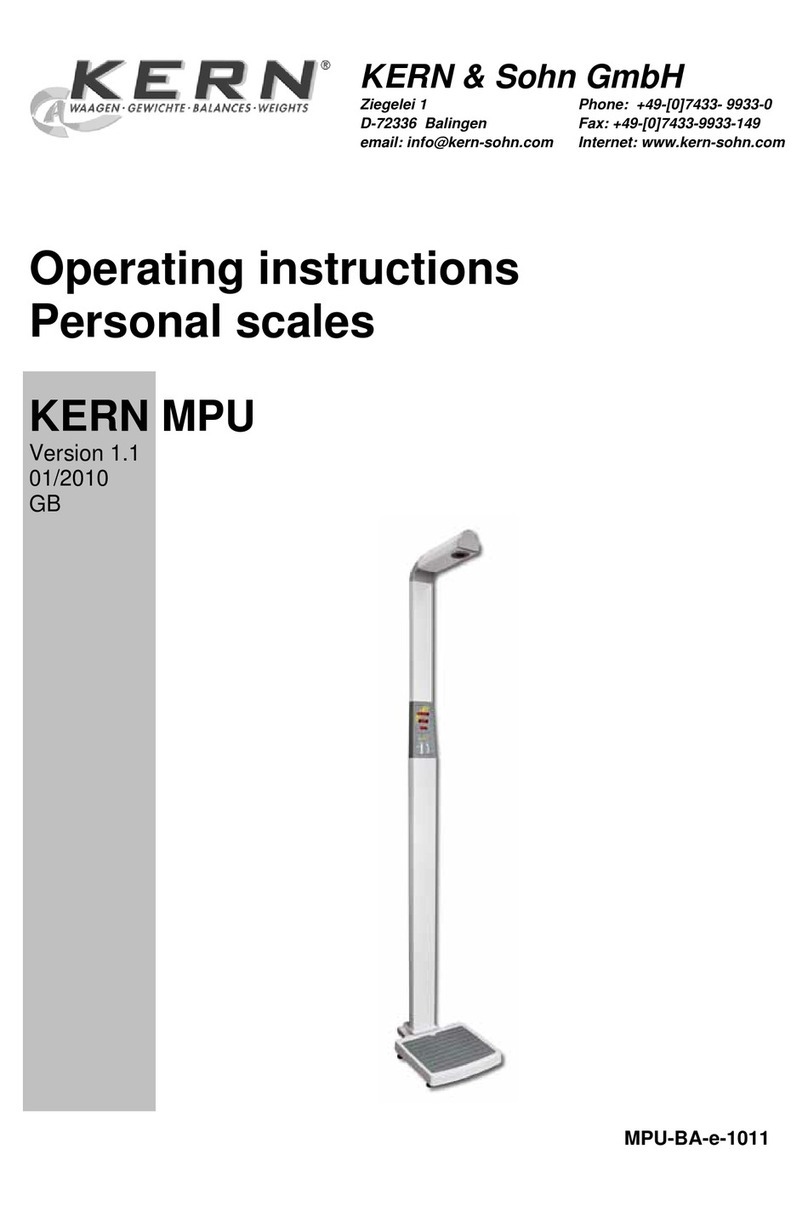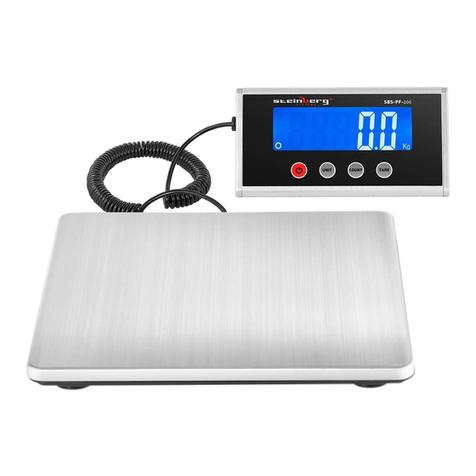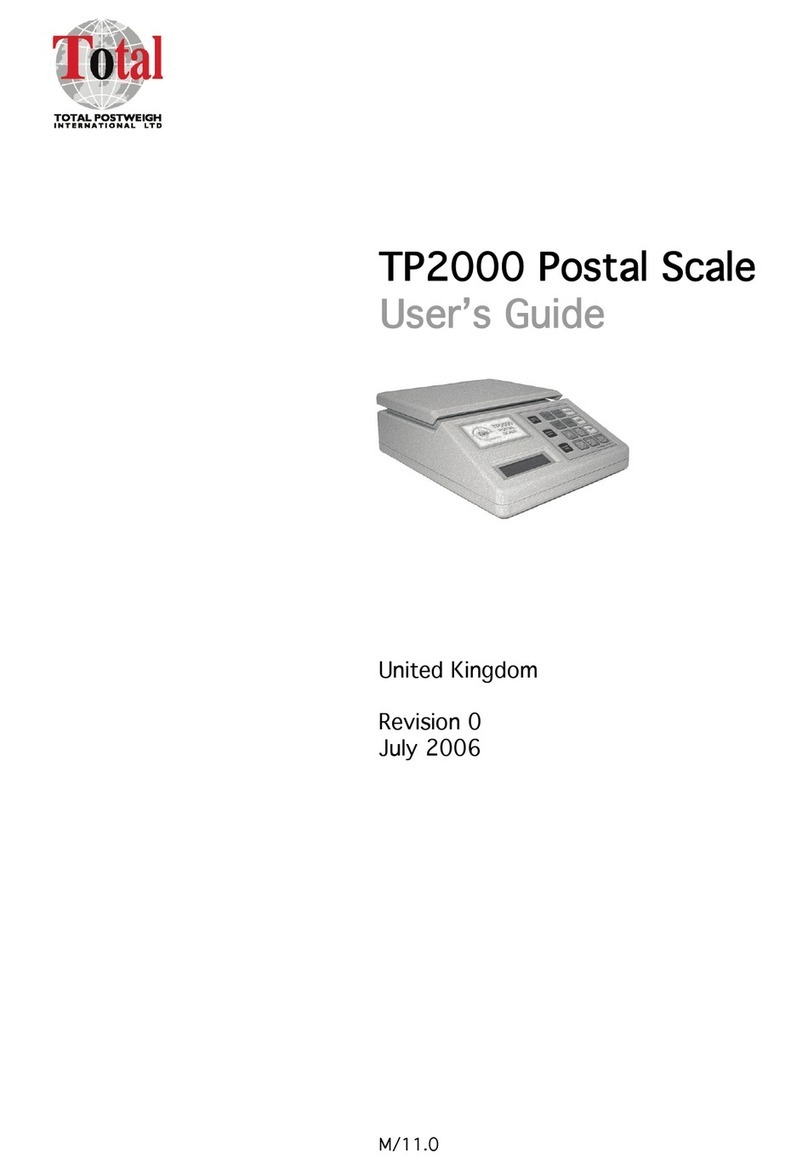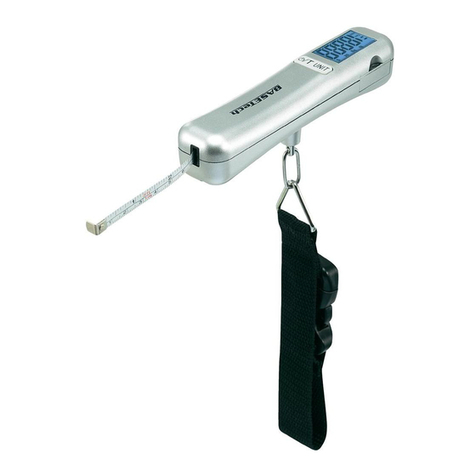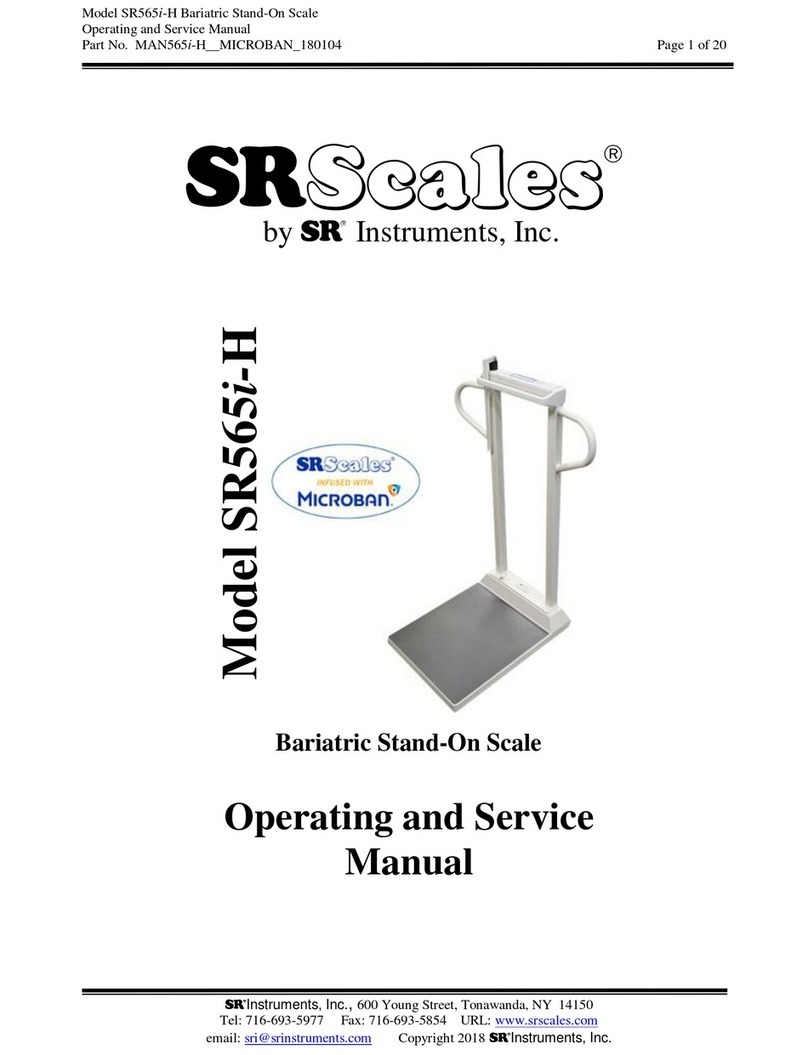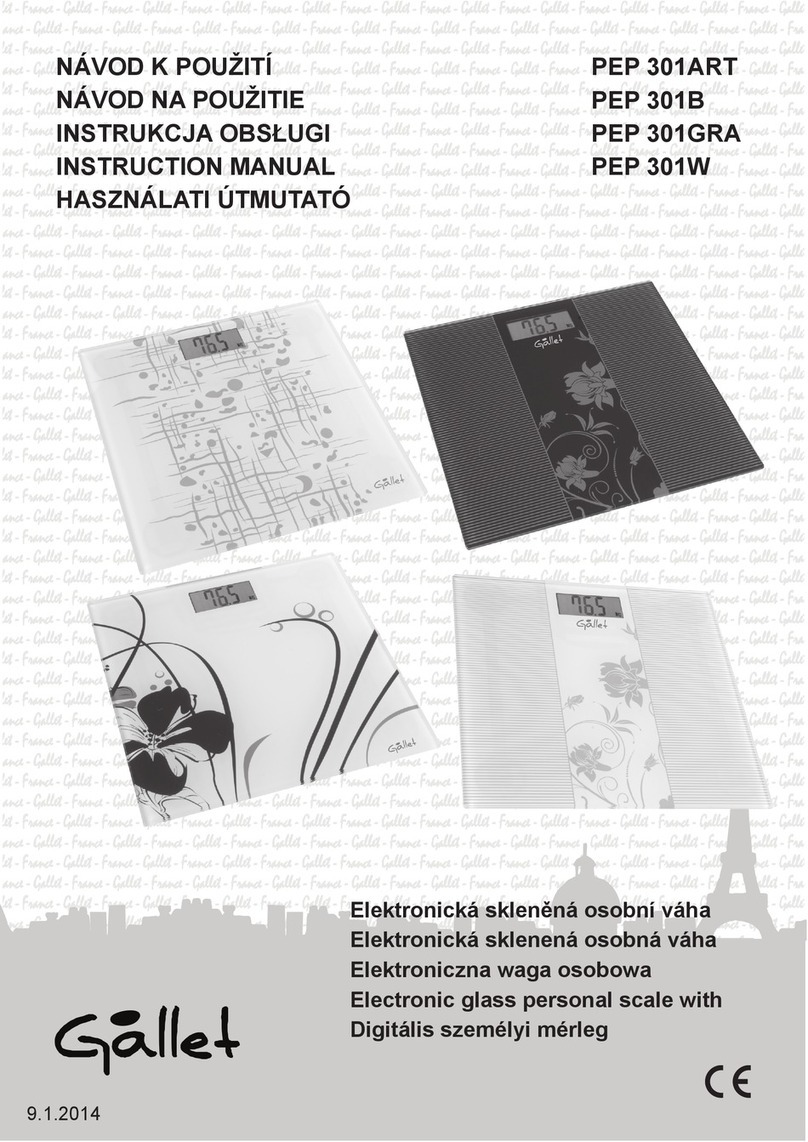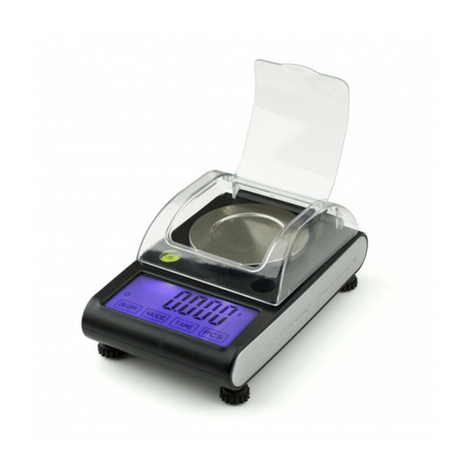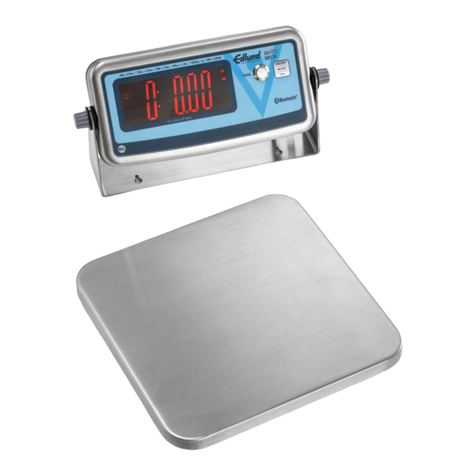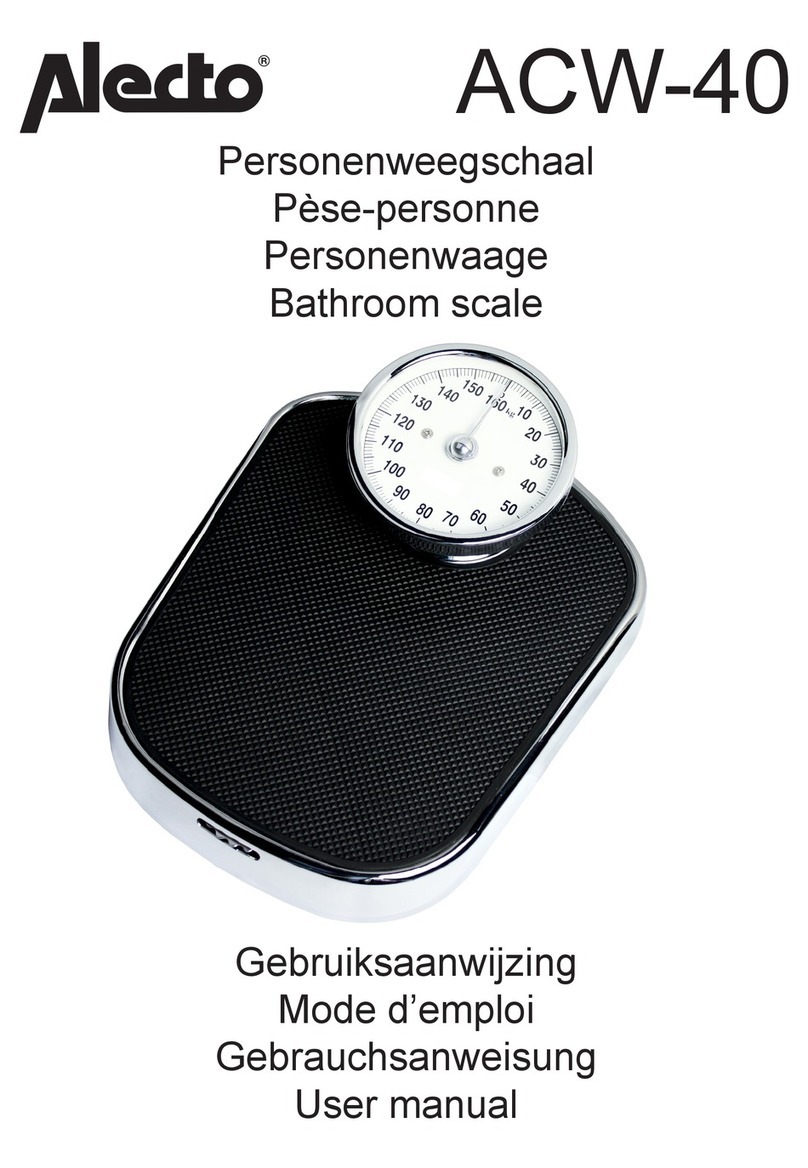2
USER MANUAL
__________________________________________________________________________________________________________________
Contents:
1. General description ........................................................................................................................................................................................3
2. Completeness .................................................................................................................................................................................................3
3. Safety rules......................................................................................................................................................................................................4
4. Technical data .................................................................................................................................................................................................5
5. General scale view..........................................................................................................................................................................................
. Keys and indicators........................................................................................................................................................................................8
7. Preparing working environment...................................................................................................................................................................9
8. Preparing scale to work ...............................................................................................................................................................................10
9. General operation principles .......................................................................................................................................................................11
10. Operation rules during work with accumulators (batteries) ..................................................................................................................12
11. Accumulators (batteries) replace..............................................................................................................................................................13
12. Start-up ........................................................................................................................................................................................................14
13. Connection with computer or a printer ....................................................................................................................................................15
14. Basic scale functions .................................................................................................................................................................................17
14.1. Simple weighing.......................................................................................................................................................................................17
14.2. Weighing with tare ...................................................................................................................................................................................17
15. Special functions ........................................................................................................................................................................................18
15.1. Customization of special functions menu (ACtIV and dEFAULt) .......................................................................................................20
15.2. Autozeroing function (AutotAr)..............................................................................................................................................................21
15.3. Pieces counting function (PCS) .............................................................................................................................................................22
15.4. Function for changing mass unit (UnIt).................................................................................................................................................23
15.5. Percent calculation functions (PErCEnt)...............................................................................................................................................24
15. . Function for summing recipe ingredients (rECIPE) .............................................................................................................................25
15.7. Function for calibration with external weight (CALIbr)........................................................................................................................2
15.8. Label choosing function (LAbEL).........................................................................................................................................................27
15.9. Function for setting serial interface parameter (Port-1 and 2)............................................................................................................28
15.10. Printout configuration (PrInt)................................................................................................................................................................29
15.11. Animal weighting function (LOC).........................................................................................................................................................30
15.12. Memorizing tare function (tArE) ...........................................................................................................................................................31
15.13. Maximum value indication function (UP) ............................................................................................................................................32
15.14. Force measuring function (nEWton)....................................................................................................................................................33
15.15. Anty-disturbance filter option (FILtEr).................................................................................................................................................33
15.1 . Setting backlight function (b_LIGHt) ...................................................................................................................................................34
15.17. Function for choosing reading unit (rESOLUt)..................................................................................................................................34
15.18. Statistical calculations function (StAt) ...............................................................................................................................................35
15.19. Basis weight of paper counting function (PAPEr).............................................................................................................................38
15.20. Charging accumulators function (bAttErY)- option ..........................................................................................................................39
15.21. Automatic switching off function (Auto OFF)....................................................................................................................................40
15.22. Total weight function (totAL)...............................................................................................................................................................41
15.23. Date and time setting (dAtE)................................................................................................................................................................43
15.24. Function of comparing with preset threshold values (trESh) ...........................................................................................................44
Troubleshooting and maintenance .................................................................................................................................................................47
Declaration of Conformity................................................................................................................................................................................49
